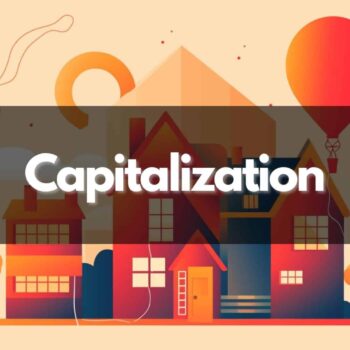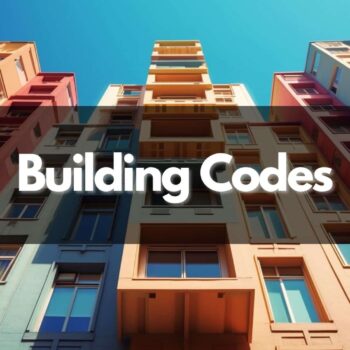Real estate economics is the application of economic techniques in real estate markets. The primary purpose of real estate economics is to explain and predict prices utilizing supply and demand. Mastering real estate economics can help real estate agents, investors, and more.
In this article, we will define real estate economics, talk about how it deals with real estate, and cover what you need to know about real estate economics for the real estate exam.
What is Real Estate Economics?
Definition: The application of economic techniques in real estate.
As I mentioned before, real estate economics’ primary purpose is to explain and predict patterns of prices utilizing supply and demand. Supply and demand is the core principle and foundation of modern economics. I’m sure most of you have heard the phrase before “supply and demand,” but what does it mean, and how does it apply to real estate?
Supply and Demand
Demand refers to how much of a product or service is wanted by buyers. Supply represents how much the market can offer.
Think of supply and demand like a scale usually; if one side raises, the other will lower or vice versa. Generally, low supply and high demand increase prices. In contrast, the greater the supply and the lower the demand, the prices tend to fall.
It’s worth mentioning that typically the market will slowly adapt. Real estate markets usually adjust pretty slowly compared to other markets (for many reasons). It could take weeks, months, or longer, but it does change and can change substantially. The exception is if something drastic happens, like a natural disaster or maybe the construction of a new factory that brings in thousands of jobs, then the market can adjust rapidly.
Supply and Demand Real Estate Example
Imagine a big city where demand is high for property. So many people want to go into this booming city that, eventually, the supply of available houses lowers. Because of the lack of available houses, people can sell their houses at a higher price. Like a scale, one side rises while the other lowers. That is supply and demand.
Participants in Real Estate Markets
Who makes up real estate markets? Well, the participants do. Users, owners, renters, developers, renovators, and facilitators are the main participants in real estate markets. Keep in mind these definitions may vary slightly (depending on where you are located). These are the general terms for the United States.
- Users: These participants purchase property to live in it, or purchase property to run their business out of.
- Owner: These participants are purely real estate investors. They do not occupy the property that they purchase, instead, they rent or lease it to other parties.
- Renters: These participants are purely consumers.
- Developers: These participants buy raw land and develop buildings on it, to be sold in the market.
- Renovators: These participants flip or refurbish properties.
- Facilitators: These participants act as the catalyst for the purchase and sale of real estate. This includes banks, real estate brokers, lawyers, and more.
If you didn’t notice already, typically: users, owners, and renters form the market demand side, while owners, developers, and renovators form the supply side. Owners are on both sides because their choices can directly affect both supply and demand.
Why are Real Estate Markets Unique?
Real estate economics and real estate markets are unique because they have a set of characteristics that the market must accommodate. These characteristics include both physical characteristics as well as economic characteristics.
Physical Characteristics
- Indestructibility: Meaning land cannot be destroyed or worn out. Its appearance may be altered but it always continues to exist.
- Immobility: Meaning geographical location of the property remains the same & can never be changed, it is fixed.
- Uniqueness or Non-Homogeneity: Meaning no parcels of real estate are exactly alike.
Economic or Other Characteristics
- Scarcity: Meaning the total supply is fixed. Land is not limitless.
- Improvements (also known as modification): Meaning improvements to a piece of land can have either a positive or negative impact on its value.
- Permanence of Investment: Meaning investments in real estate are long-term. Since real estate transactions are complex and lots of money is involved, transactions are not made very frequently.
- Location or Area Preference: Meaning people’s preference for a specific area. Things such as history, convenience, and reputation an area may have.
Both sets of characteristics create real estate and establish it as one of the most unique markets. With that in mind, it’s important to remember each one of these characteristics as they separate the real estate market from the rest.
Why is Real Estate Economics Important?
Mastering real estate economics can help real estate agents, investors, and more. Understanding the market can directly lead to success. The market is a powerful force, and some experts can use their expertise to predict trends and make millions. Employment, income, and population are just a few of those factors. Remember to keep those circumstances in mind during your real estate career.
What to Know for the Real Estate Exam
What’s important to understand for the real estate exam is supply and demand, the participants in real estate markets, and of course, both sets of characteristics (physical and economic). Knowledge of those aspects will give you a strong enough grasp on real estate economics that you should be able to pass that portion of the exam. For more real estate concepts and terms, check out our article: Real Estate Terms: The Ultimate Guide.











